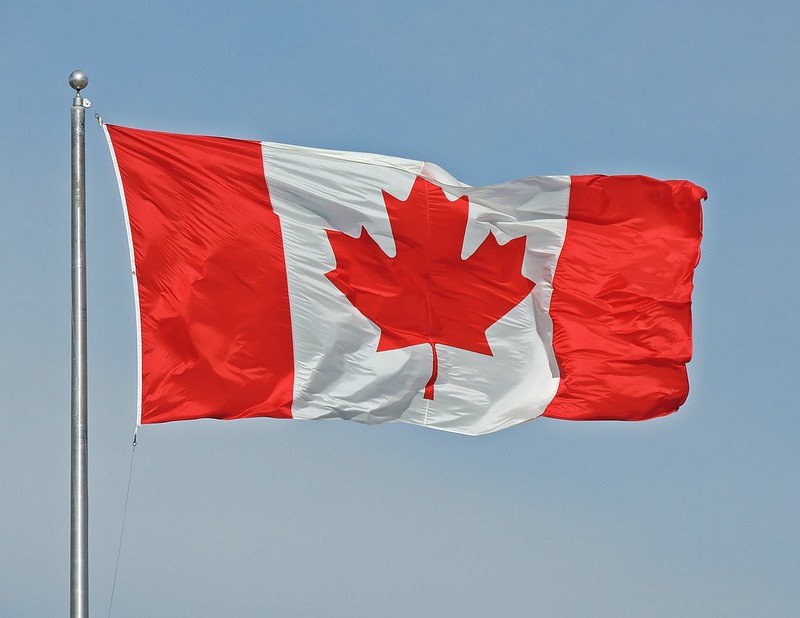Happy Canada Day to our listeners in the north.
The flag you’ll see at events across the country today has quite an origin story: one guy, one red pen and a lot of potential roadblocks.
The current flag, the one with the red maple leaf, has only been Canada’s flag since 1965.
Before that, the country used a banner known as the Red Ensign.
It had the Union Jack in the upper corner, and the shield of Canada, which was later replaced by the country’s coat of arms, on a red background.
The flag had its fans, but critics thought Canada needed a flag with its own symbols, not ones from overseas.
But the people who agreed on the need for a new flag didn’t always agree on what that new flag should look like.
Remember, Canada is a multiethnic, multilingual confederation; that requires a lot of balance, compromise, give and take.
Canadian leaders put off flag discussions for decades to head off any potential political tensions.
Finally, in the 1960s, Parliament created a committee to come up with new ideas, a time now called the Great Flag Debate.
Some proposed flags had beavers on them; others had coats of arms, including one that had a member of the Royal Canadian Mounted Police shaking hands with a First Nations person.
But one proposal stood out: it came from the dean of the Royal Military College in Ontario, George Stanley.
He used a red pen to draw a flag with a white bar flanked by two red bars, similar to the college’s flag.
In the middle, Stanley put one red maple leaf.
He said it was simple, straightforward and unifying; there were no symbols that might upset one group or another.
There were still some people who were upset that Canada was doing away with the Red Ensign.
Stanley even got death threats over his maple leaf!
But in the end Parliament approved his design, and the head of the flag committee wrote to him to say, “Congratulations. I believe it is an excellent flag that will serve Canada well.”
Here in the USA, it’s National Postal Worker Day.
Postal Service workers staff tens of thousands of facilities all over the country, and sometimes beyond.
In 1933, the country set up the Little America post office on the Ross Ice Shelf in Antarctica.
Then-president Franklin Roosevelt, an avid stamp collector, thought it would be cool to have a special stamp for Antarctic mail, and for decades, that’s what they got.
A letter, a red pen and a hand-drawn sketch: How George Stanley created Canada’s flag (CBC)
Little America, Antarctica, Post Office (US Postal Service)

